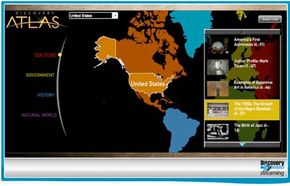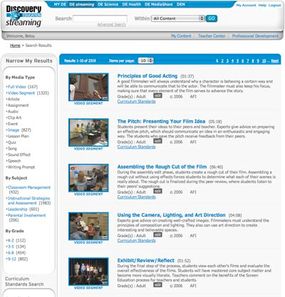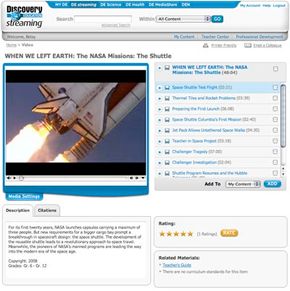In the 1980s, not long after computers started playing a role in American schools, a computer station in a classroom was a haven. It was a place for one or two kids to play educational games like "Lemonade Stand" and "The Oregon Trail." Students could also learn the nuts and bolts of programming with languages like Logo and BASIC. For people who were used to the world of books and blackboards with an occasional filmstrip to liven things up, a new Apple IIe could be the most exciting thing in the room.
Today, classroom computers do more than just sit in the corner waiting for a student to be rewarded with some educational game time. And they're not just used in computer courses, either. Computers have broken out of the lab and made their way into classrooms dedicated to other subjects. Naturally, one result of this is that software developers, publishers and others have tried to come up with new ways for teachers to use computers in the classroom.
Advertisement
One such tool is Discovery Education streaming. Launched in 2001 as unitedstreaming, Discovery Education streaming is now used in about half of U.S. schools. That adds up to about 1 million educators and 30 million students [source: Discovery].
The word "streaming" probably brings to mind streaming audio and video files that people can play on demand. But streaming videos are only one component of Discovery Education streaming. The program also includes lesson plans, curriculum materials and other tools for both teachers and students.
So how does Discovery Education streaming work within a classroom? Is there evidence that students benefit from it? And, in a world of financially strapped school systems, how much does it cost? Before we get to all that, let's take a look at the basics.
Advertisement







